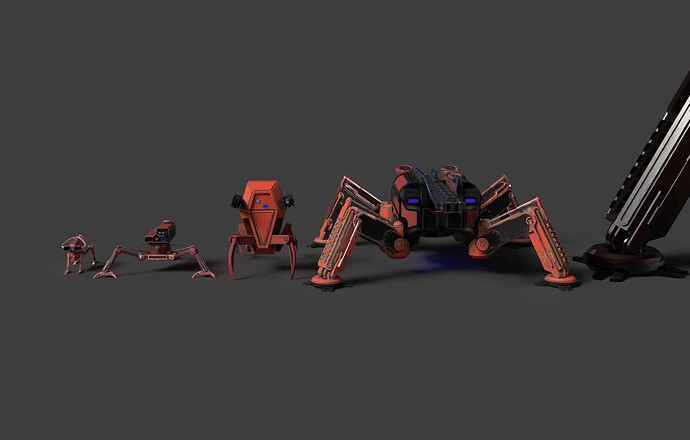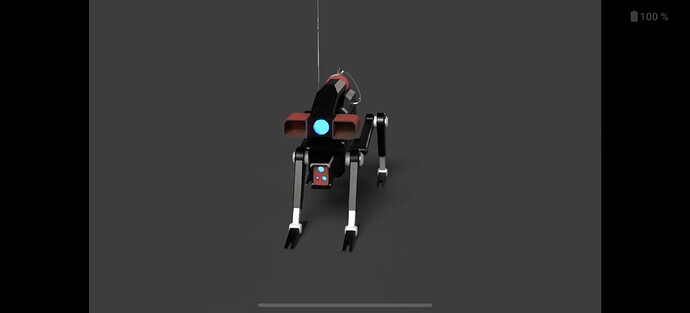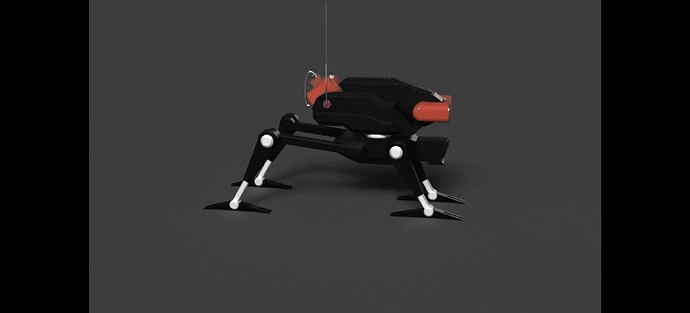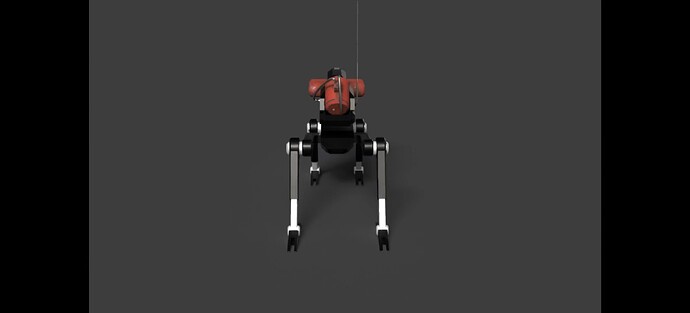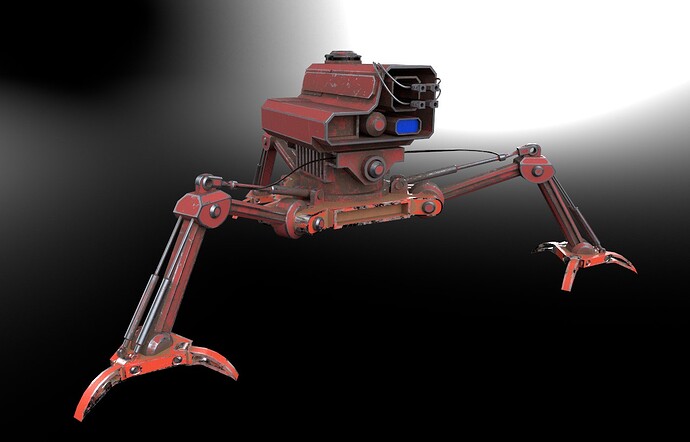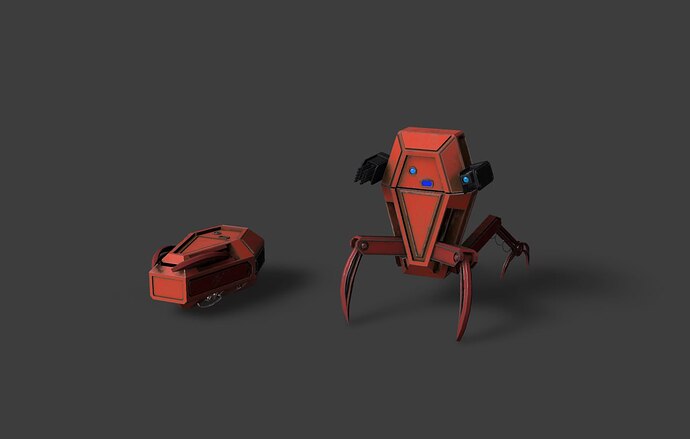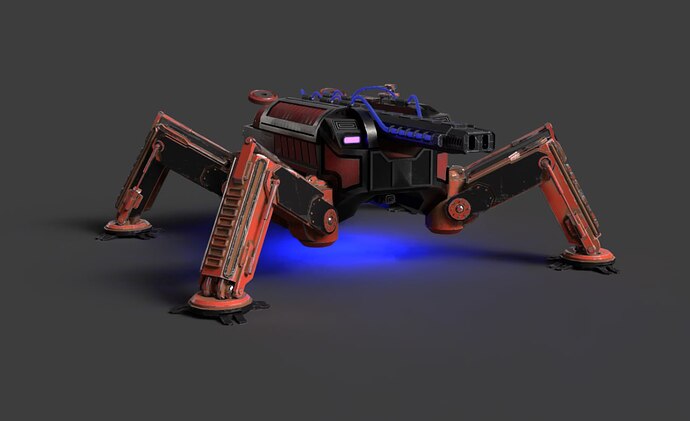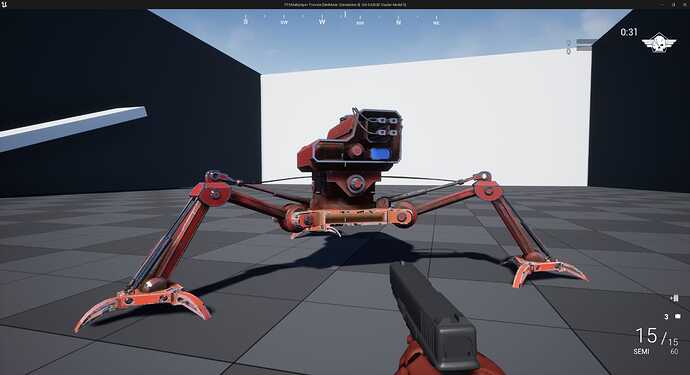MNR-56 “Warden” – Tactical Support Walker
AEGIS Autonomous Weapons Platform
Designation: MNR-56 “Warden” (Casket Walker)
Role: Battlefield support, mobile suppression, frontline reinforcement
Manufacturer: AEGIS Initiative (United States, classified project)
Class: C (Baseline Tier), B (Medium Tier), A (High Tier)
GENERAL DESCRIPTION:
The Warden is a heavily armored quadrupedal support unit deployed by the AEGIS system to provide sustained firepower, logistical assistance, and tactical pressure on the battlefield. Nicknamed “Casket Walker” by resistance fighters for its coffin-shaped core chassis and haunting movement, the MNR-56 combines suppression, durability, and battlefield synergy. It is often deployed alongside Longbows and Reclaimers to form a complete AEGIS combat cell.
TECHNICAL SPECIFICATIONS:
Height: 2.1 m (active), ~1.1 m (folded)
Weight: 6.8 tons
Mobility: Reinforced quadruped limbs with clawed anchor feet
Primary Armament: 10x Pulse Rifle Array (energy-based, linked fire)
Secondary Armament: Precision Laser Emitter (for cutting, suppression or softening armor)
Armor Type: Composite layered plates with hardened directional shielding
Energy Source: Reclaimer-fed capacitor banks, secondary internal cell
Turret Mount: Independently rotating upper section allows weapon systems to track and engage targets regardless of leg orientation. Provides 360° targeting capability with stable firing platform.
SPECIAL FUNCTIONS:
Modular Ammo Port (Back): Designed to receive and store physical or powdered materials from Reclaimer units, used to power pulse systems or reinforce internal plating
Heat Vent System: Integrated radiator panel on back disperses excess thermal load from pulse rifle volleys. May become visible (glowing) under extended combat
Anchor Feet: Hooked claws dig into terrain to reduce recoil and increase stability when firing volleys
Idle Mode Configuration: In low-activity states, the Warden folds into a compact, sarcophagus-like form, reducing energy consumption and visual profile while maintaining full sensor awareness
VARIANT OVERVIEW:
C-Class: Reduced armor, limited firing arc, slower pulse rifle rate
B-Class: Standard model; full rotation, efficient cooling and modular capacity
A-Class: Enhanced pulse power, glowing plasma claws, reinforced emitter core and smarter threat tracking
TACTICAL BEHAVIOR:
Advances slowly with deliberate movement
Locks down in firing stance before engaging
Prioritizes suppression over direct elimination
Frequently coordinates fire patterns with nearby Longbows or Strikers
VISUAL CUES:
Coffin-shaped front chassis with glowing targeting slits
Visible mechanical limbs with hooked claws
Pulse weapon flash in rhythm with firing burst
Radiator glow after extended combat
When idle: collapsed structure resembling a dormant wreck
SURVIVOR SLANG:
“Casket” – due to its folded-down appearance and slow, inevitable movement
“Spark” – for the glow during continuous fire
“The Carrier” – when seen resupplying or assisting Longbows
NOTES:
The Warden is not fast – but it is resolute. Its ability to suppress, sustain fire, and receive live material from Reclaimers makes it a cornerstone of AEGIS field pressure. Never let it entrench – if it anchors, you may not get a second chance.
![]() TRANSMISSION RECEIVED
TRANSMISSION RECEIVED